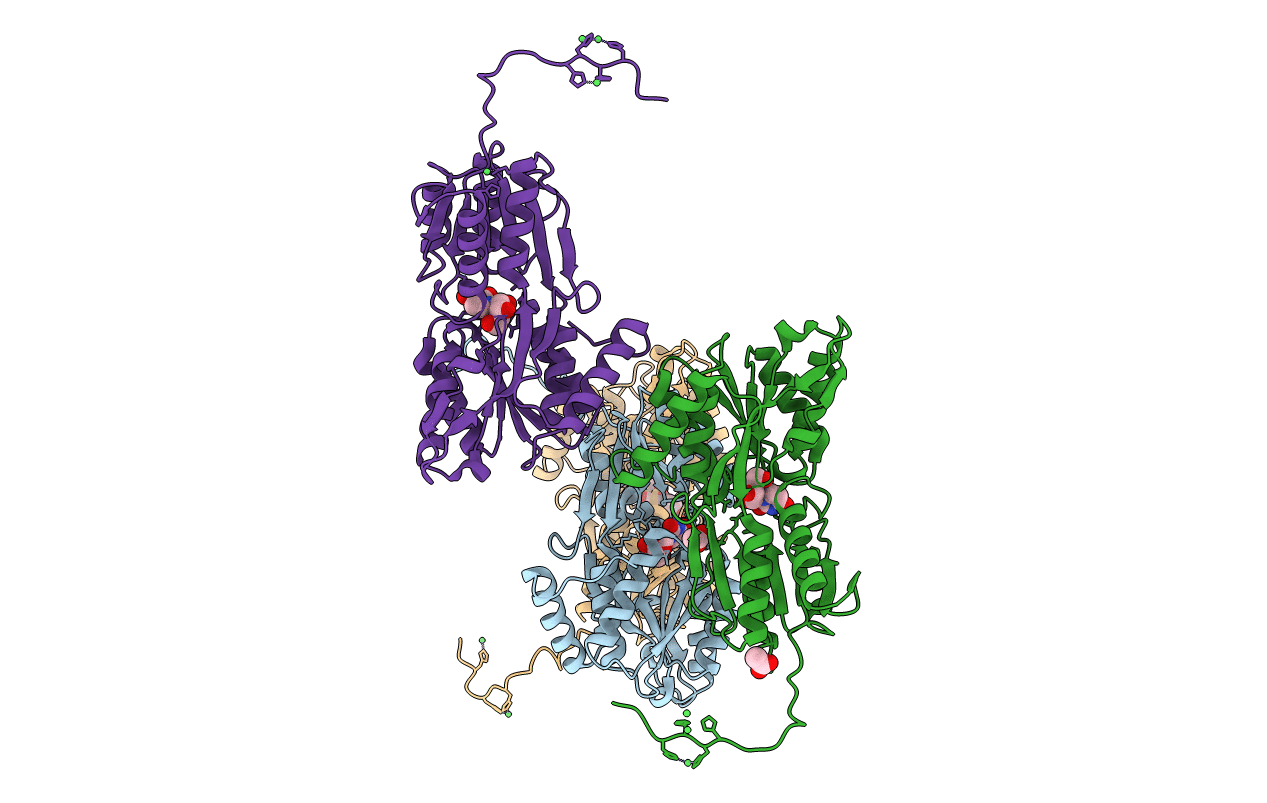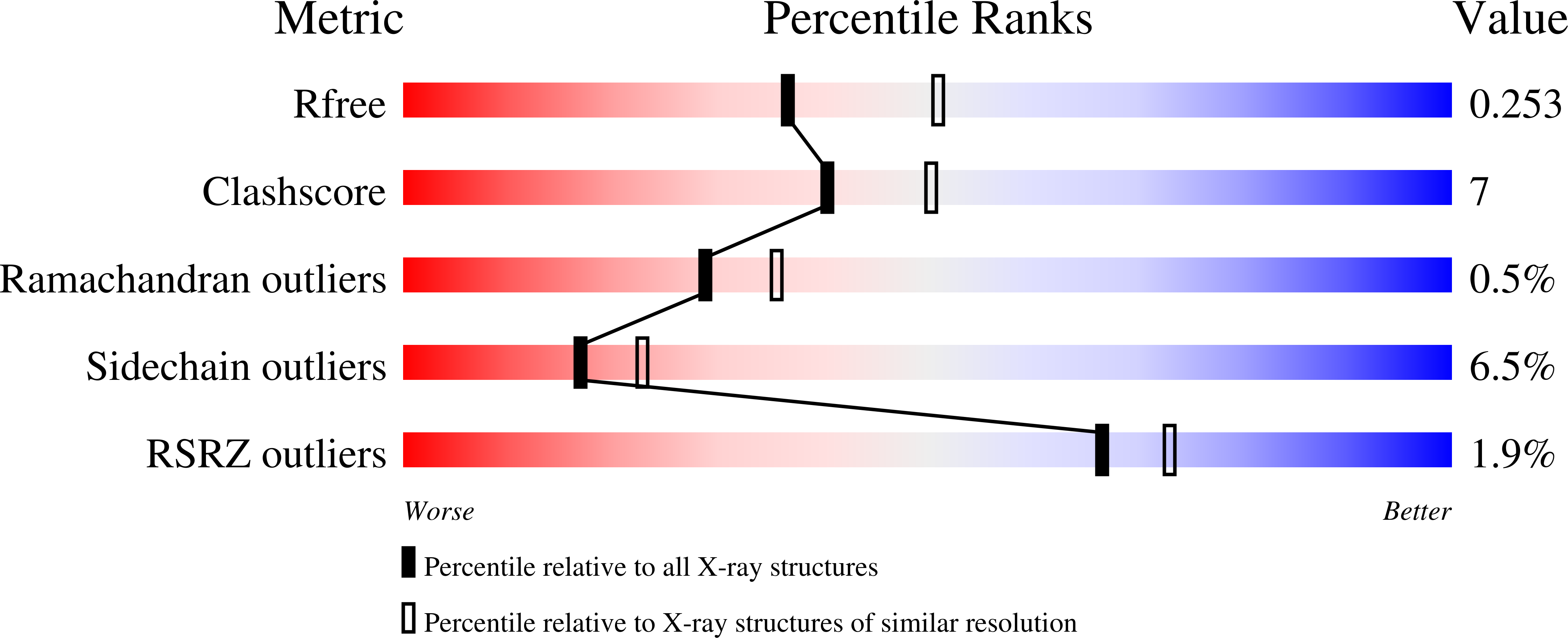
Deposition Date
2020-03-12
Release Date
2021-02-10
Last Version Date
2024-01-24
Entry Detail
PDB ID:
6YAB
Keywords:
Title:
Crystal structure of PnrA from S. pneumoniae in complex with uridine
Biological Source:
Source Organism:
Host Organism:
Method Details:
Experimental Method:
Resolution:
2.30 Å
R-Value Free:
0.25
R-Value Work:
0.21
Space Group:
C 2 2 21


